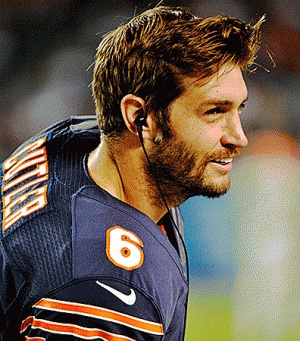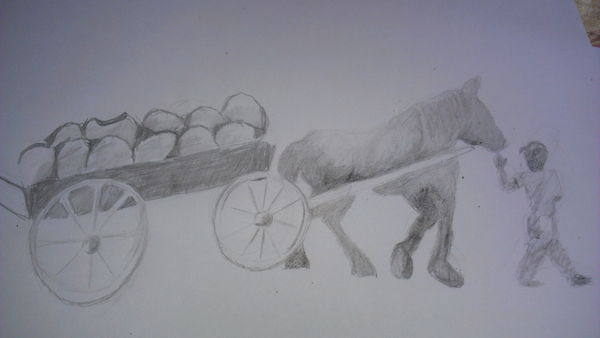Mondays with Mike: Boy in the Moon
September 8, 2014 • 14 Comments • Posted in Blogroll, guest blog, memoir writing, Mike Knezovich, Mondays with Mike, parenting a child with special needs, Uncategorized, writingBeth here. We got such a great response to that beautiful post Mike wrote last week about our visit with Gus that I asked him if he’d be willing to let me re-blog a book review he wrote here a few years ago. Here it is.
A Father’s Journey to Understand His Extraordinary Son
by Mike Knezovich
As many of you are lucky to know, Beth has a knack for giving poignant, thoughtful gifts. She was true to form this past Father’s Day when she gave me a book called The Boy in the Moon. I just finished it. And what a read.
Beth doesn’t mention our son Gus very often in these blog posts of hers. Like other parents, we love our son. Think about him. Worry about him. But loving a child who has severe disabilities can be difficult to explain, so we tend not to try.
As for me, I admit I wonder what people think of what it’s like raising a son like Gus. I can get angry if I detect pity — or condescension — toward Gus, toward me and Beth, or the unspoken wonder that we could love a kid like Gus. And I can get hurt if people don’t ask or don’t know how to ask about our son. And then, when they do, sometimes they don’t really want to hear the answer.
Over time, I have come to understand that Gus, and life with him, simply had to be a mystery to others. After all, our son’s life has been—at least in real time—something of a mystery to me. Gus lived with us at home for 16 years, and all that time I had no way of telling others what it was like. And I have no way of telling people what it is like having him live away from us, either.
Now I don’t have to. Ian Brown, a writer for the Toronto Globe & Mail, has done it for me, and he’s done it better than I could hope to in his book The Boy in the Moon. So here’s a request: Go out and buy The Boy in the Moon. And read it as soon as you can fit it into your schedule.
I’m not asking you to do this just for me and Beth and Gus. I do admit to selfish motives, though. If you read this book—which is the author’s account of raising and trying to understand his son Walker, who has a rare genetic disorder that leaves him with multiple disabilities—you will know what it has been like raising Gus. Ian Brown’s accounts are superbly written and uncannily similar to my memories—from receiving the genetic diagnosis to the 16 years of sleep deprivation to what it was like to parade around hyper-normal places like Disney World when things are not normal.
But more than that, you will understand why it all was worth it. As the author writes about his son Walker, “Everything about him compels me, unless it terrifies me, and sometimes it does both.”
The first half or so of the book covers Brown’s experience as a parent and a husband, but the rest is a look at what disabled people like Gus and Walker have to offer the rest of us. What they can teach us. You might be skeptical that they can. Or anticipate saccharine platitudes. I understand. But it’s richer and more complicated than that.
Beth and I and other families and caretakers know that people like Walker and Gus teach us extraordinary things. This book explains how and why better than I can—I hope you’ll read it.






